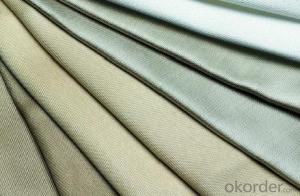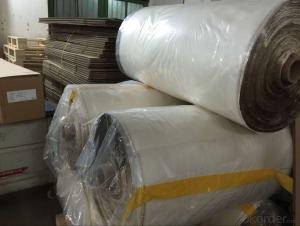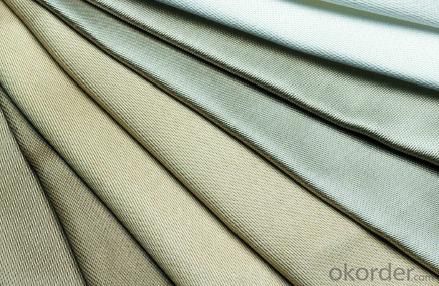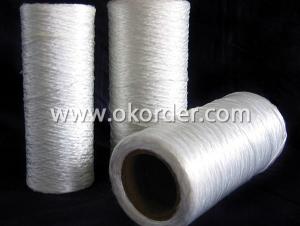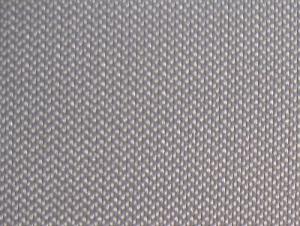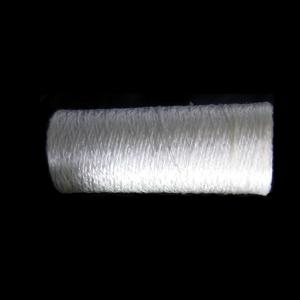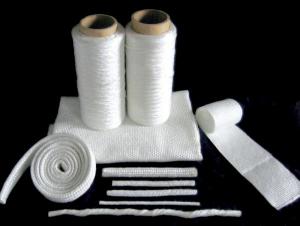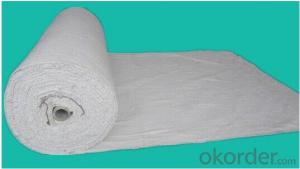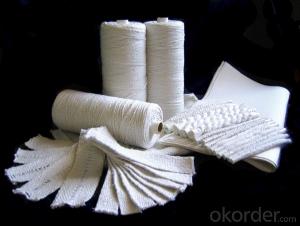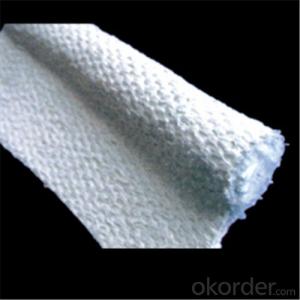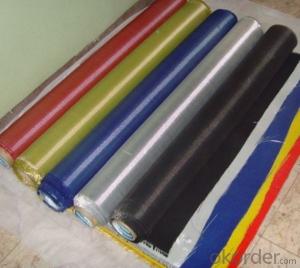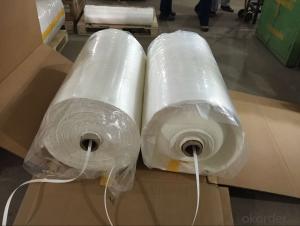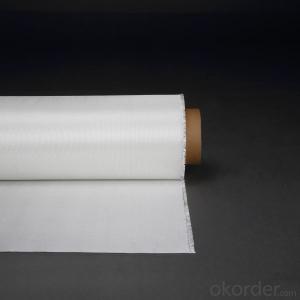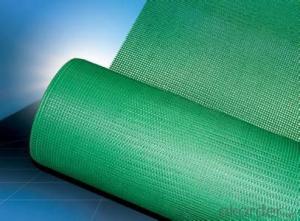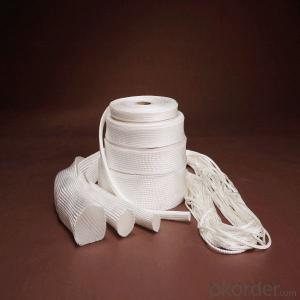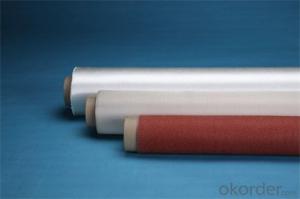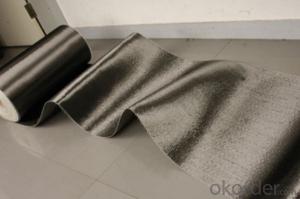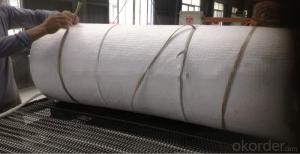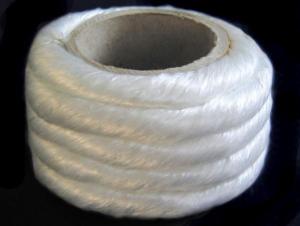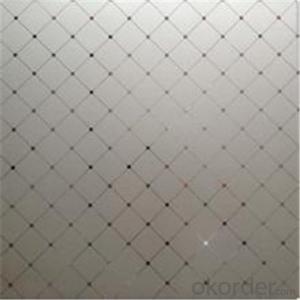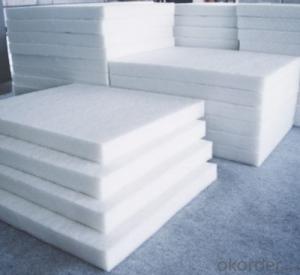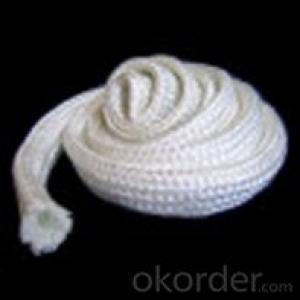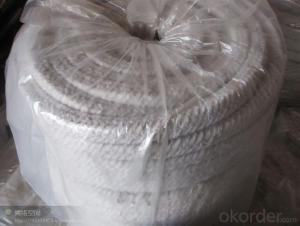Glass Fiber Textiles - 36oz Silica Fiberglass Cloth Resisting 1000°C for Heat Resistance
- Loading Port:
- China main port
- Payment Terms:
- TT OR LC
- Min Order Qty:
- 1000 m
- Supply Capability:
- 100000 m/month
OKorder Service Pledge
OKorder Financial Service
You Might Also Like
Product Description
Silica fiberglass is inorganic fiber that contents more than 96% of SiO2, it's resistant to high temperature, soft point 1700°C, long term service temperature 900 °C, it can work 10 minites at 1450 °C and keeps good state at 1600 °C for 15 seconds. For it's properties of chemical stability, high temperature resistance and ablation resistance, it widely used in aviationand aerospace, metallurgy, chemical, building material and fire fighting industry, etc.
Our factory is the only one that specialized manufacture silica fiberglass in China and has the production line of the whole process from marble making, fiber forming, weaving, and finish. The strength of silica fiberglass made from Na2O-B2O3-SiO2 system glass is 3-5 times higher than that from E glass. The products sold to more than 20 provinces, cities, autonomous regions and exported to foreign countries.
Silica fiberglass products are available in forms of needled mat, fabric, scrim, staple yarn, chopped strand and cord, etc.
Product Properties
1> SiO2>=96%
2> soft point nearly 1700°C, long-time working at 900°C
3> low thermal conductivity
4> good chemical stability
5> good electrical insulation
6> low thermal shrinkage
7> Non-asbestos product without pollution
8> good process performance
Product Uses
High temperature resistant, insulation and sealing material
High temperature ablation resistant material
Fireproof material (for fireproof protective clothe, fireproof curtain, fire blanket)
Dust collecting in media of high temperature gas and filtration in media of high temperature liquid
Filter for molten metal
Distinguisher, insulation material, filtration of automobile and motorcycle
Protective material for welding
Electricity insulation material
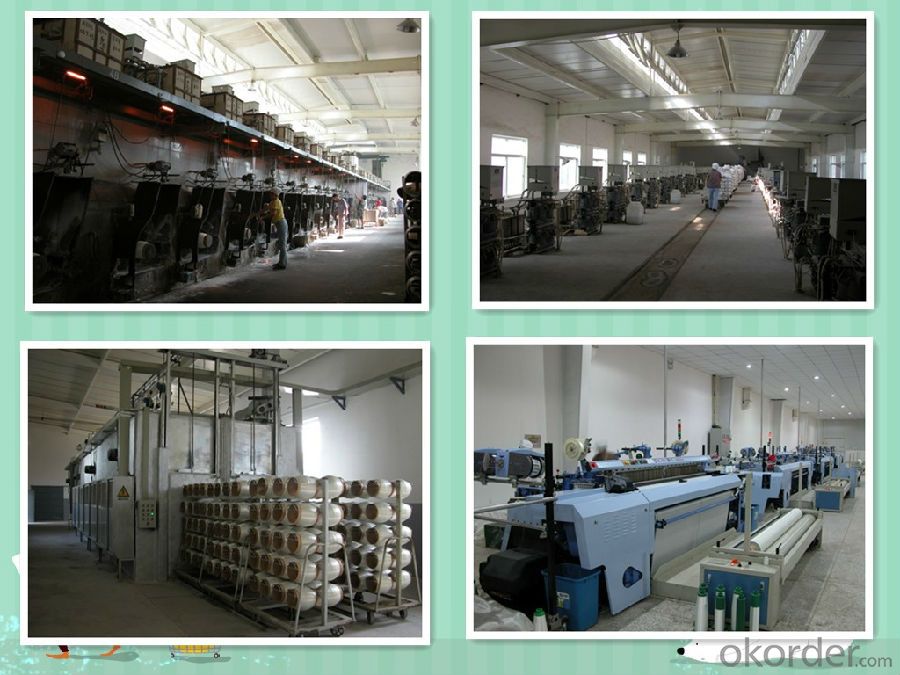
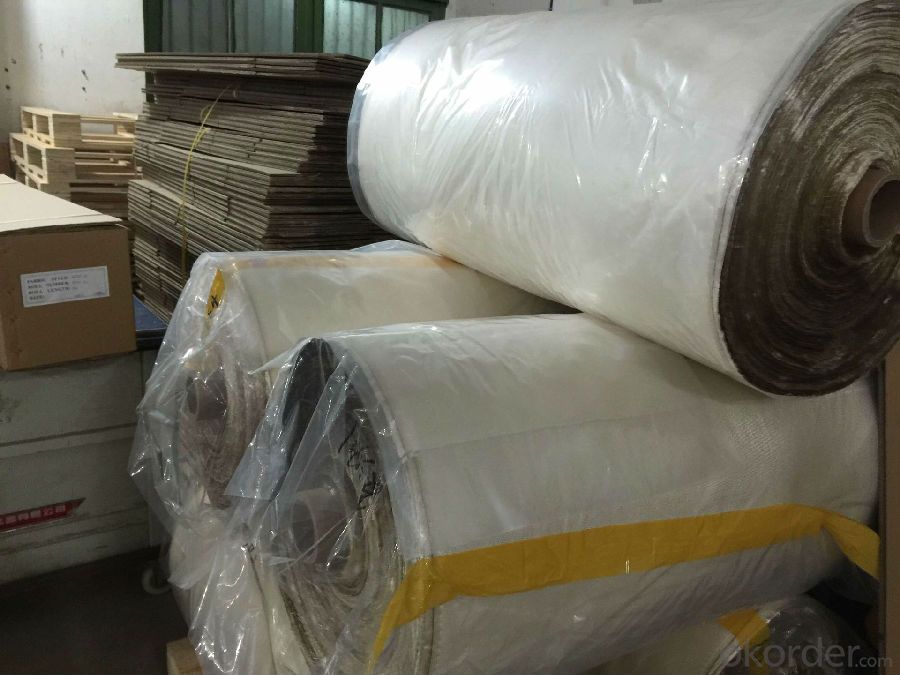
- Q: Can glass fiber textiles be used in footwear?
- Yes, glass fiber textiles can be used in footwear. Glass fiber textiles are known for their strength and durability, making them suitable for various applications, including footwear. They are commonly used in the production of safety shoes, work boots, and sports shoes. Glass fiber textiles provide excellent reinforcement and support to the footwear, making them more resistant to tearing and stretching. Additionally, they can enhance the stability and structural integrity of the shoe, ensuring better performance and longevity.
- Q: Are glass fiber textiles resistant to mildew growth?
- Yes, glass fiber textiles are resistant to mildew growth.
- Q: Can glass fiber textiles be used in electrical insulation?
- Glass fiber textiles, due to their high electrical resistance, are capable of being utilized in electrical insulation. They are recognized for their exceptional dielectric properties, effectively impeding the passage of electric current and ensuring insulation and shield against electrical shocks. Moreover, glass fiber textiles possess non-conductive properties and exhibit commendable thermal stability, allowing them to endure elevated temperatures while maintaining their insulating capabilities. These attributes render glass fiber textiles a dependable option for electrical insulation across multiple industries, encompassing electronics, telecommunications, power generation, and the automotive sector.
- Q: How do glass fiber textiles perform in terms of moisture wicking?
- Glass fiber textiles do not perform well in terms of moisture wicking. Unlike natural fibers such as cotton or synthetic fibers like polyester, glass fiber textiles do not have a high absorbency rate and are not designed to wick away moisture from the body.
- Q: What kinds of fiberglass mesh do you have?
- The mesh cloth is based on medium alkali or E-glass fiber woven fabric and is treated with alkali resistant coating. The product has high strength and good alkali resistance, and plays an important structural role in the thermal insulation system, mainly to prevent cracks. Due to its excellent acid, alkali and other chemical substances pedants performance and weft tensile strength is high, can make the wall stress of dispersed insulation system, can avoid the extrusion deformation, external force caused by the collision of the insulation structure, the insulation layer has high impact resistance strength, and easy to construction and quality control, to "soft steel" role in the insulation system.
- Q: How do glass fiber textiles contribute to impact strength?
- Glass fiber textiles contribute to impact strength by providing reinforcement and stability to the material they are incorporated into. The intertwining of glass fibers creates a strong network that enhances the overall structural integrity of the material, making it more resistant to external forces and impacts. The high tensile strength and rigidity of glass fibers help distribute and absorb the impact energy, reducing the risk of fractures or breakages.
- Q: How is glass fiber made?
- Glass fiber, also known as fiberglass, is made through a process called fiberization. The process begins with the raw material, which is usually silica sand, but can also include other additives like limestone or alumina. These raw materials are melted in a furnace at a temperature of around 1500°C (2732°F) until they become a molten liquid. Once the molten glass is formed, it is then forced through tiny holes in a device called a bushing. This bushing contains hundreds or even thousands of small holes, each around 10-25 micrometers in diameter. As the molten glass is pushed through these holes, it is rapidly cooled by either air or water jets. This rapid cooling solidifies the molten glass into thin strands or fibers. The fibers are then collected and wound onto spools or gathered into mats, depending on the desired final product. These fibers can be further processed to give them specific properties. For instance, they can be coated with a sizing material to improve their compatibility with resins or other materials they will be used with. The resulting glass fibers are strong, lightweight, and resistant to heat, chemicals, and electricity. They are widely used in various industries, such as construction, automotive, aerospace, and even in everyday household items. Glass fiber-reinforced plastics (GRP) and glass wool insulation are some common applications of glass fiber. In summary, glass fiber is made by melting raw materials, forcing the molten glass through tiny holes to form fibers, and then cooling and collecting these fibers for further processing. This manufacturing process allows for the production of versatile and durable fibers that are essential in many modern applications.
- Q: Are glass fiber textiles resistant to staining or discoloration from body oils or sweat?
- Yes, glass fiber textiles are generally resistant to staining or discoloration from body oils or sweat. Glass fibers have a non-porous surface, which makes it difficult for oils and sweat to penetrate and therefore reduces the likelihood of staining. Additionally, glass fibers are known for their excellent resistance to chemicals and solvents, including body oils and sweat, which further enhances their stain resistance. However, it is important to note that the specific performance of glass fiber textiles may vary depending on the quality of the material and the manufacturing process.
- Q: Can glass fiber textile be used in construction applications?
- Yes, glass fiber textile can be used in construction applications. It is commonly used as a reinforcement material for concrete, providing strength and durability to structures such as bridges, buildings, and roads. Additionally, it can be used as insulation material to enhance energy efficiency in construction projects.
- Q: Can glass fiber textile be used in packaging materials?
- Packaging materials can indeed make use of glass fiber textiles. These textiles are highly versatile, providing numerous advantages such as robustness, longevity, and resistance to heat and chemicals. These qualities make them ideal for packaging purposes that require strength and protection. One way to utilize glass fiber textiles is by reinforcing packaging materials like corrugated boxes, paperboard containers, and plastic films. This reinforcement enhances their tear resistance and overall strength. Additionally, glass fiber textiles can be used as a lining material for packaging, offering extra protection against moisture, chemicals, and other external factors. Moreover, glass fiber textiles can be combined with other materials such as plastics or resins to create composite packaging materials. This combination results in packaging solutions that are both strong and lightweight, enabling the development of innovative designs that provide superior protection and sustainability. In conclusion, glass fiber textiles can effectively enhance the strength, durability, and protective properties of various packaging materials. Their versatility and performance make them a valuable choice for packaging applications that prioritize reliability and protection.
Send your message to us
Glass Fiber Textiles - 36oz Silica Fiberglass Cloth Resisting 1000°C for Heat Resistance
- Loading Port:
- China main port
- Payment Terms:
- TT OR LC
- Min Order Qty:
- 1000 m
- Supply Capability:
- 100000 m/month
OKorder Service Pledge
OKorder Financial Service
Similar products
Hot products
Hot Searches
